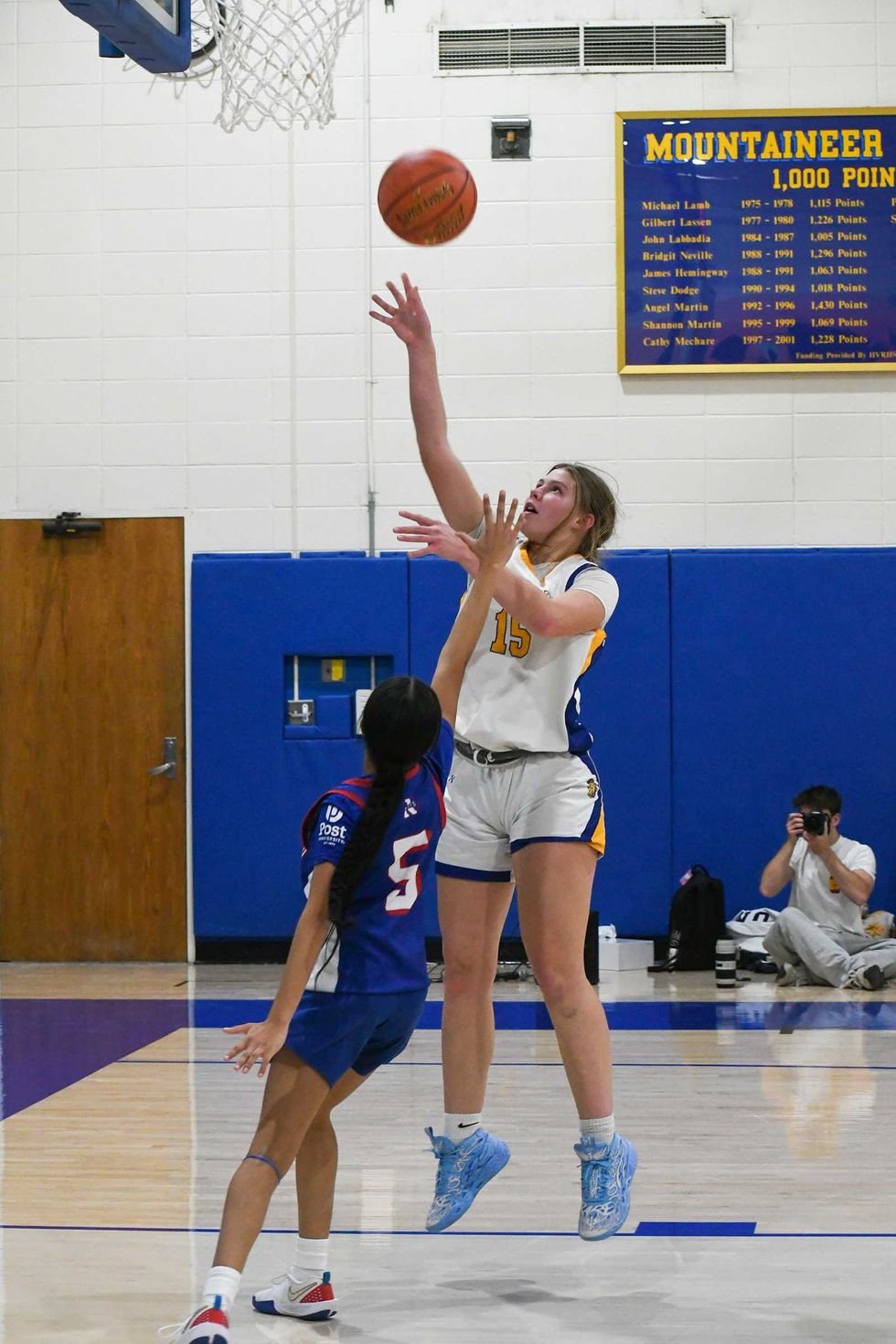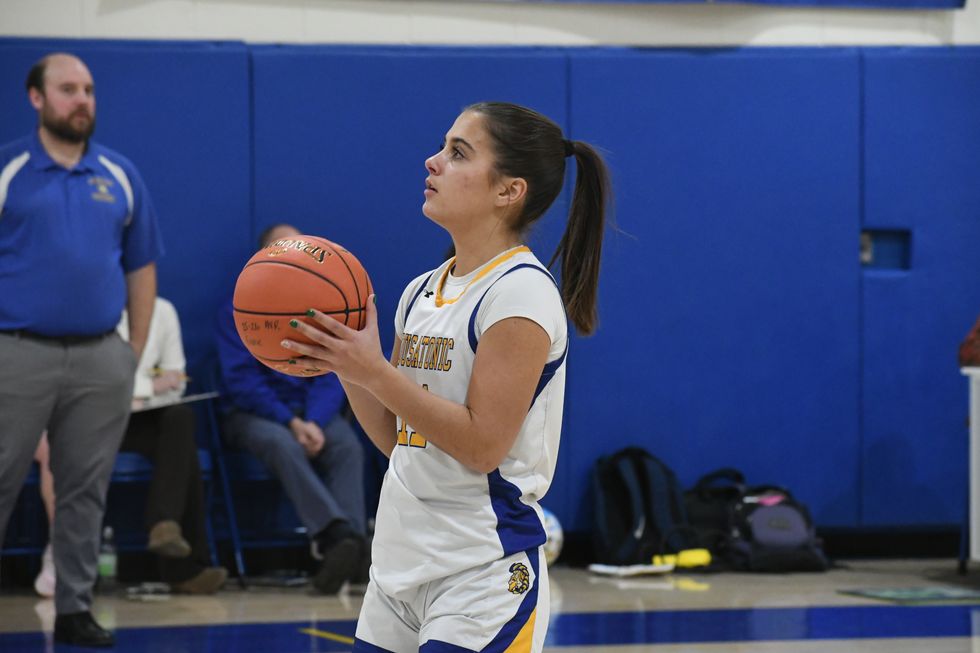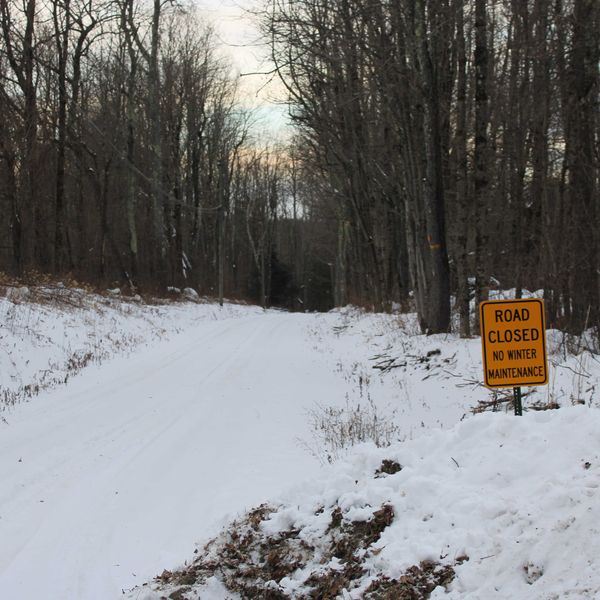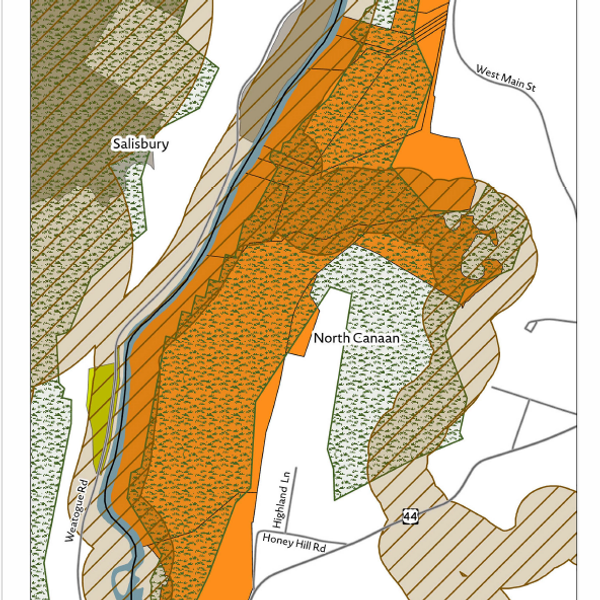Bird count teams report soaring numbers, rare sightings

Counting Mallard and Black Ducks on the Rail Trail in Millerton for the Trixie Strauss Bird Count were, from left to right, Art Gingert, Mary King and Joe Gwazdauskas.
Photo by Don Heiny












